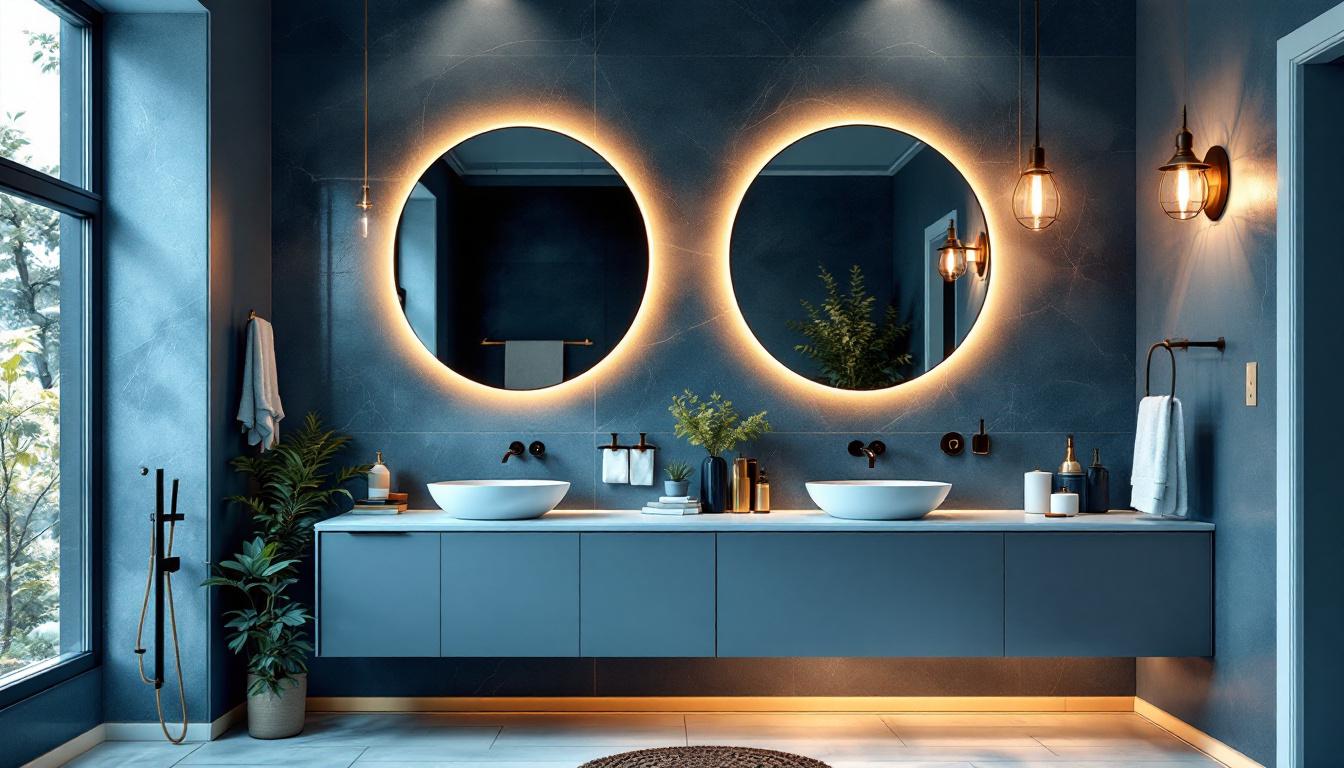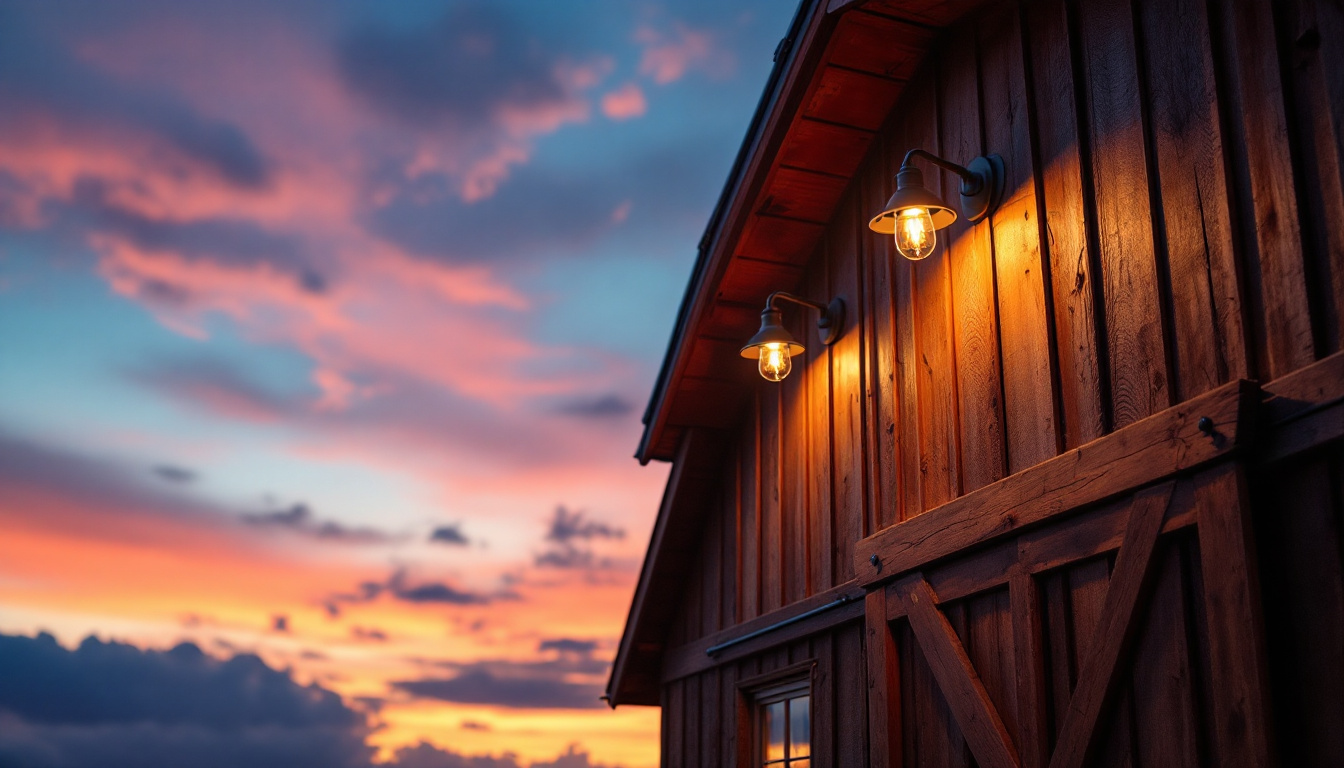
As the demand for energy-efficient lighting solutions continues to rise, linear LED lights have become a popular choice among contractors and clients alike. However, despite their advantages, there are several pitfalls that can arise when selecting and installing these fixtures. This guide aims to equip lighting contractors with the knowledge they need to avoid common mistakes and ensure successful projects.
Linear LED lights are versatile lighting solutions that can be used in a variety of applications, from commercial spaces to residential settings. Their sleek design allows for seamless integration into different environments, providing both functional and aesthetic benefits. However, understanding the technical aspects of these lights is crucial for successful installation and performance.
Linear LED lights come in various forms, including strip lights, tube lights, and panel lights. Each type serves specific purposes and has unique installation requirements. For instance, strip lights are often used for accent lighting, while tube lights are ideal for general illumination in offices or retail spaces. Understanding the differences can help contractors recommend the right product for each project. Additionally, some linear LED lights are designed for outdoor use, featuring weather-resistant casings that ensure durability in various environmental conditions. This makes them suitable for illuminating pathways, gardens, and architectural features, enhancing both safety and aesthetic appeal in outdoor settings.
When selecting linear LED lights, several features should be taken into account. These include lumen output, color temperature, and energy efficiency ratings. Lumen output determines the brightness of the light, while color temperature affects the ambiance of a space. Energy efficiency ratings, such as the Energy Star certification, can provide insight into long-term cost savings for clients. Moreover, it’s important to consider the dimming capabilities of the lights, as many modern linear LED options come with integrated dimming features that allow users to adjust brightness levels according to their needs. This flexibility not only enhances the functionality of the lighting but also contributes to energy savings, as lower brightness settings consume less power. Additionally, the choice of materials used in the construction of linear LED lights can impact their longevity and performance, with options ranging from aluminum housings to polycarbonate lenses that resist yellowing over time.
Choosing the right linear LED lights involves more than just picking a product off the shelf. Several common pitfalls can lead to unsatisfactory results, affecting both the contractor’s reputation and the client’s experience.
One of the most significant mistakes contractors can make is neglecting to calculate the required lumen output for a given space. Insufficient lighting can lead to a dim environment that feels uninviting, while excessive brightness can create discomfort. Conducting a thorough lighting design analysis can help determine the appropriate lumen levels needed for each area. Additionally, it’s essential to consider the specific tasks that will be performed in the space; for example, a workspace requiring precision tasks might need higher lumen output compared to a lounge area designed for relaxation. By tailoring the lumen output to the intended use of each area, contractors can create a more functional and enjoyable environment.
The Color Rendering Index (CRI) is a critical factor that often gets overlooked. A higher CRI indicates that the light will render colors more accurately, which is especially important in settings like retail or art galleries. Selecting lights with a low CRI can result in distorted colors, impacting the overall aesthetic and functionality of the space. Furthermore, the choice of CRI can also influence how products are perceived in a commercial setting; for instance, food items under lights with a high CRI appear more appealing, potentially increasing sales. Therefore, understanding the implications of CRI not only enhances the visual experience but also plays a significant role in the success of a business’s branding and customer satisfaction.
Even after selecting the right products, installation can present its own set of challenges. Proper installation is essential to ensure optimal performance and longevity of linear LED lights.
Before installation, it is vital to plan the layout carefully. This includes determining the placement of fixtures to achieve even lighting distribution. Failing to do so can result in dark spots or overly bright areas, leading to an unbalanced lighting scheme. Utilizing software tools for lighting design can assist in visualizing the layout before installation begins. Additionally, considering the dimensions of the space and the specific activities that will take place there can further enhance the effectiveness of the lighting. For instance, in a workspace, brighter lighting may be necessary in areas where detailed tasks are performed, while softer lighting could be more appropriate in relaxation zones.
Another common challenge is overlooking the electrical requirements of linear LED lights. Different products may have varying voltage and wattage needs. Ensuring that the electrical infrastructure can support the selected fixtures is crucial to avoid flickering or premature failure. Consulting with an electrician can help mitigate these issues. Furthermore, it’s important to consider the compatibility of existing dimmer switches and control systems with the new LED fixtures, as not all dimmers work well with LED technology. Upgrading to compatible dimmers can enhance the overall lighting experience, allowing for greater flexibility in adjusting brightness levels according to the time of day or specific tasks.
Maintenance is an often-neglected aspect of lighting projects. Understanding the maintenance requirements of linear LED lights can enhance their lifespan and performance.
Dust and debris can accumulate on linear LED lights, diminishing their brightness and efficiency. Establishing a regular cleaning schedule can help maintain optimal performance. Contractors should educate clients on the best practices for cleaning these fixtures without causing damage. Using a soft, lint-free cloth and a mild cleaning solution can effectively remove dirt without scratching the surface. Additionally, it’s advisable to avoid using abrasive materials or harsh chemicals that could degrade the fixture’s finish over time. Regular inspections during cleaning can also help identify any potential issues before they escalate, ensuring that the lighting remains both functional and aesthetically pleasing.
It’s essential to monitor linear LED lights for any performance issues, such as flickering or color shifts. These problems can indicate underlying electrical issues or component failures. Providing clients with guidance on how to identify and address these issues can enhance customer satisfaction and reduce service calls. Furthermore, implementing a simple logbook system for tracking performance over time can help in recognizing patterns that may suggest the need for maintenance or replacement. Clients should also be informed about the importance of using compatible dimmers and controls, as mismatched components can lead to performance inconsistencies and shorten the lifespan of the lighting system. Regular training sessions for clients on the operational aspects of their lighting can empower them to take proactive measures in maintaining their systems.
As sustainability becomes a priority in the construction and design industries, understanding the energy efficiency of linear LED lights is paramount. These fixtures are known for their low energy consumption, but there are additional considerations to keep in mind.
While the initial investment in linear LED lights may be higher than traditional lighting options, the long-term savings on energy bills can be significant. Contractors should present clients with a cost-benefit analysis that outlines potential savings over time. This information can be a persuasive factor in the decision-making process.
Another aspect of sustainability is the proper disposal of linear LED lights at the end of their life cycle. Many components can be recycled, reducing waste and environmental impact. Contractors should stay informed about local regulations regarding the disposal of lighting products and educate clients on environmentally-friendly practices.
The manufacturer of linear LED lights can significantly impact the quality and reliability of the products. Selecting reputable manufacturers ensures that the fixtures meet industry standards and perform as expected.
Before making a purchase, contractors should research the credentials and reputation of manufacturers. Look for certifications such as UL, CE, or RoHS, which indicate compliance with safety and environmental standards. Reading reviews and seeking recommendations from industry peers can also provide valuable insights.
A robust warranty and customer support are essential factors when choosing a manufacturer. A good warranty can protect the contractor and the client from unexpected failures, while responsive customer support can assist with any technical issues that may arise during installation or maintenance.
The lighting industry is continuously evolving, and staying informed about future trends can help contractors remain competitive. Understanding these trends can lead to better project outcomes and client satisfaction.
Smart lighting technology is on the rise, allowing for greater control over lighting systems. Linear LED lights can now be integrated with smart home systems, enabling features such as remote control, dimming, and scheduling. Contractors should familiarize themselves with these technologies to offer clients modern solutions that enhance convenience and energy efficiency.
As design trends shift, linear LED lights are becoming increasingly customizable. Options for color-changing capabilities and unique fixture designs are becoming more prevalent. Contractors should stay updated on design innovations to provide clients with aesthetically pleasing options that align with current trends.
Linear LED lights offer numerous benefits, but avoiding common pitfalls is essential for successful installation and client satisfaction. By understanding the types of linear LED lights, considering key features, addressing installation challenges, and staying informed about maintenance and future trends, lighting contractors can enhance their expertise and deliver exceptional results.
In an ever-evolving industry, continuous education and adaptation are key. By prioritizing quality, sustainability, and innovation, contractors can not only avoid pitfalls but also position themselves as leaders in the lighting market.
Ready to elevate your lighting projects with the highest quality linear LED lights? Look no further than LumenWholesale. Our commitment to providing spec-grade lighting products at unbeatable wholesale prices ensures that you can deliver exceptional results without breaking the bank. With LumenWholesale, you’ll find an extensive selection that meets rigorous industry standards, backed by the convenience of bulk buying and free shipping. Don’t let inflated markups dim your project’s potential. Choose LumenWholesale for a seamless blend of quality, affordability, and convenience. Wholesale Lighting at the Best Value is just a click away!

Discover the essential guide for lighting professionals with the “Dimmale Constant Current LED Driver: The Ultimate Lighting Contractor Checklist.” Learn how to optimize installations, enhance energy efficiency, and ensure seamless performance in your lighting projects.

Discover how the right bathroom light fixtures can transform your space with our expert guide.

Discover how outdoor barn lights are revolutionizing the lighting industry, offering new opportunities and challenges for contractors.

Explore essential insights for lighting contractors in our comprehensive guide on wall receptacles.